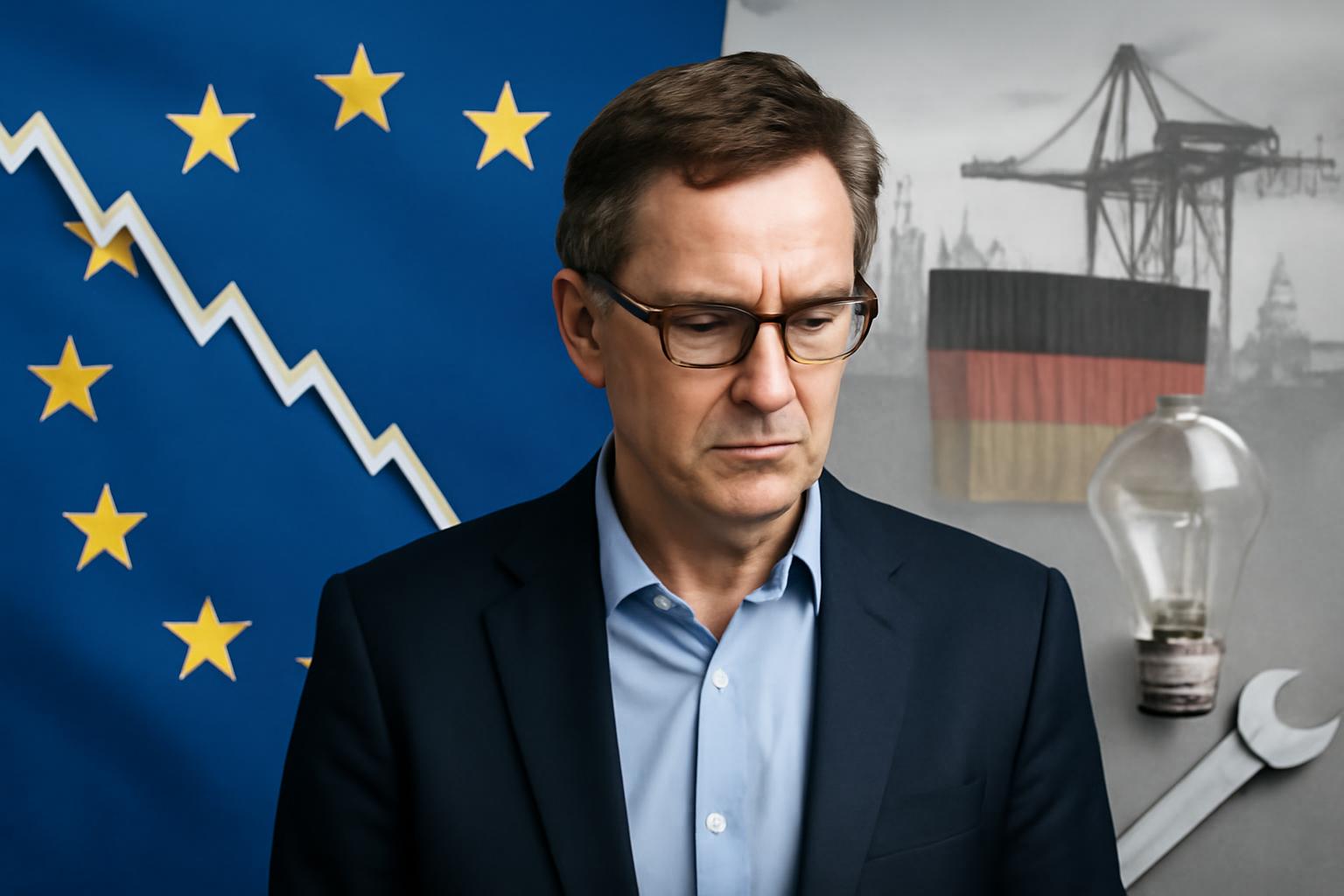The latest European numbers tell a quiet tale of uneven endurance. The European Union eked out growth in the second quarter—about 0.2%—bringing the first half to a total output a touch above €9 trillion. Germany, still the bloc’s economic anchor, accounts for roughly a quarter of that, yet its tempo remains lackluster compared with its peers. Italy shows a marginally better start to the year, Spain and France post gains, while several Eastern European economies push ahead with more robust expansion. Germany’s reliance on exports—roughly 40% of its output—leaves it vulnerable: even after stripping imports, net foreign trade adds only about 4% to GDP, and the year’s recovery falters as imports rise while exports soften. The Bundesbank flags slipping competitiveness, with many product categories seen as outdated or too costly, and costs from high energy, red tape, and higher wages weighing the nation down. Had exports risen in step with global demand, German GDP might be about 2.4% higher over the last four years. Earlier in 2025, manufacturing cooled, June production slid to pandemic-era lows, and insolvencies climbed again, though later sentiment surveys suggested a sunnier trajectory ahead.
There is a clarion in these numbers, though not the blare one might hope. They expose the fragility that attends a growth strategy tethered to external demand and to an export-led model, especially within a union where energy prices and administrative burdens do not fall in a uniform, neighborly fashion. They reveal how the price system—the most modest, inexorable instrument of social order—signals that resources are misallocated when costs of production, regulatory drag, and energy become a surfeit for some goods and a scarcity for others. And they remind us that the vitality of a people is not a function of raw growth alone, but of the freedom with which their plans, ambitions, and innovations are allowed to emerge, contest, and correct themselves through decentralized discovery.
What we witness in Germany, and what echoes across the Union, is a defense of the familiar myth that a strong exterior market will compensate for weaknesses within. But the market does not forgive misalignment between incentives and abilities. If a nation seeks progress, it must let price signals liberate knowledge dispersed across countless hands—entrepreneurs, workers, savants, and supply chains—rather than seeking salvation through heavier rules, subsidies, or uniform mandates. The export-heavy Germany that now laments its eroding competitiveness is, in microcosm, a warning: competitive vitality is not a moment of luck but a daily discipline of transformation, enabled by competitive pressures that refine products, prune waste, and encourage new kinds of work.
Thus I would ask: are we prepared to trust the price system to do its work, even when pain accompanies the adjustment? Are we ready to curb the tendency to shield aging industries with subsidies or to smother reform in the name of “steady growth”? A truly liberal path would not promise instant relief; it would promise—through reform, deregulation, and a more affordable energy regime—a future in which resources are allocated according to real scarcity and real opportunity, not political convenience. It would insist on lower barriers to entry, more flexible labor markets, and energy policy that aligns with competitive incentives rather than short-term appeasements.
Let the lesson be clear. The strength of a union, and the health of its economies, rests not in orchestrated timing of growth but in the freedom of individuals to experiment, to fail, and to learn. The cure for the German malaise—and for the broader European pains—is not a command economy of subsidies or a centralized fiddle with productivity metrics, but a renewed confidence in decentralized knowledge, the price system, and the rule of law that lets markets reallocate resources as information changes. Only then will Europe turn the current drift into sustainable momentum, with growth that is not a borrowed echo of global demand but a living testament to inventive capacity and disciplined, competitive enterprise.
